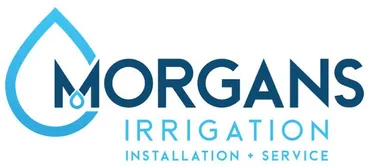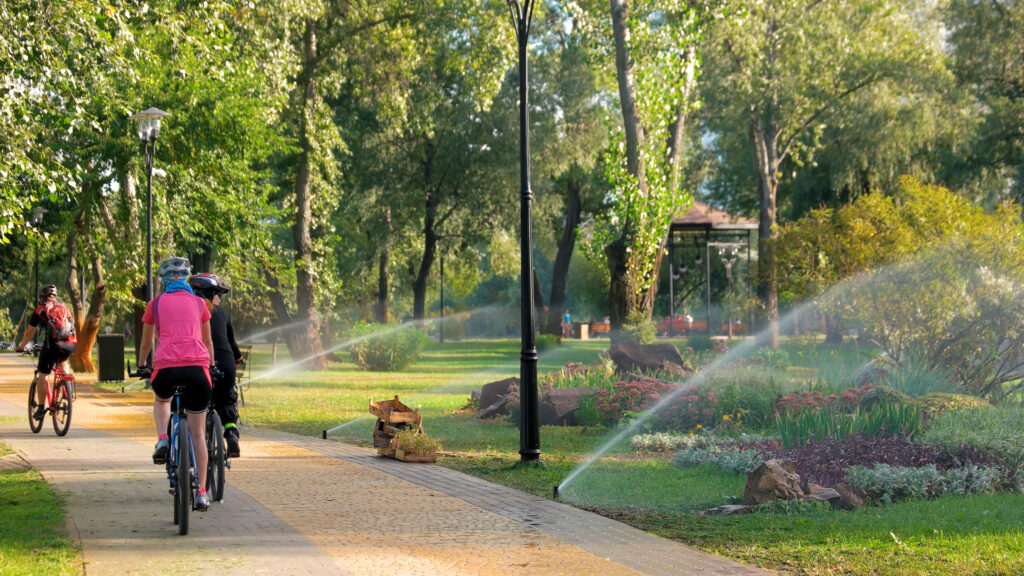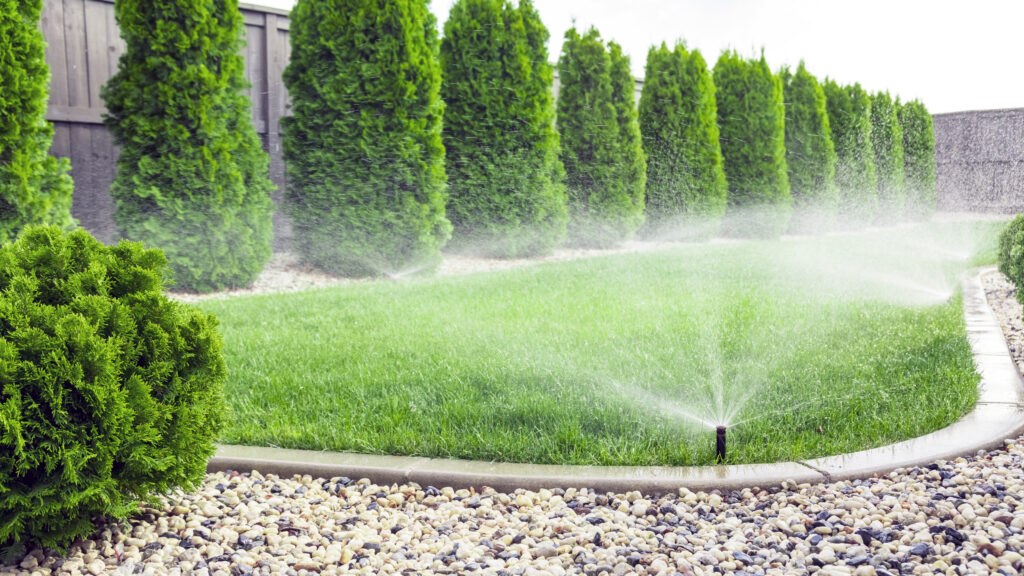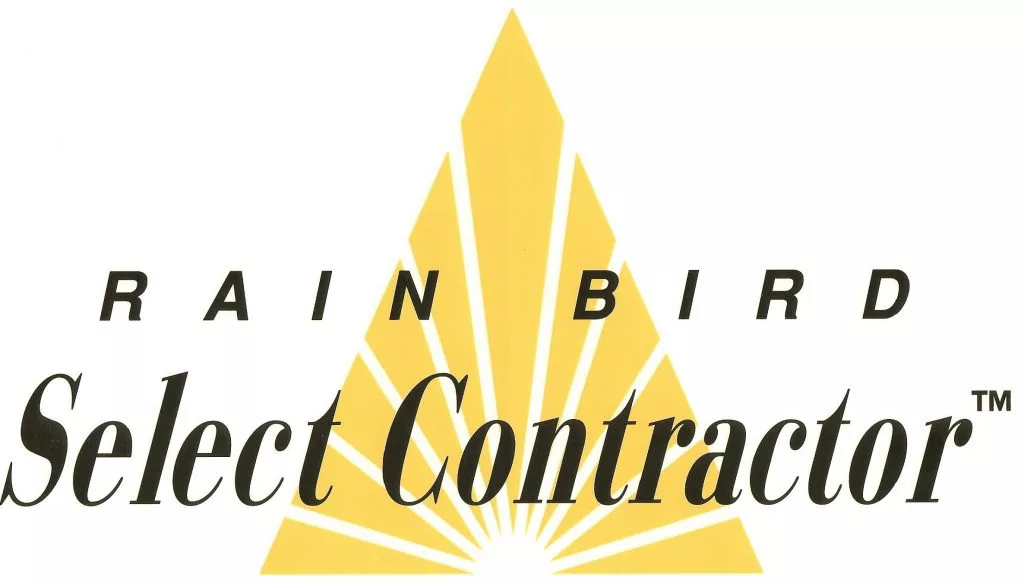As winter fades and warmer days return, ensuring your irrigation system is ready for the season ahead is essential. A proper irrigation system turn on in the spring helps prevent damage, optimize performance, and keep your lawn and landscape healthy. Skipping this critical step or rushing through it can lead to leaks, wasted water, and expensive repairs later in the season. Instead of taking risks with DIY methods, scheduling a professional spring tune-up guarantees that your system operates efficiently from day one.
Why a Spring Tune-Up is Essential
A thorough spring irrigation system turn on isn’t just about flipping a switch and hoping for the best. Winter can be tough on underground pipes, sprinkler heads, and system components. A professional inspection ensures that everything is functioning correctly before full operation begins.
Without a tune-up, hidden leaks and cracks can go undetected, leading to water loss and increased utility bills. Misaligned sprinkler heads may cause uneven watering, resulting in dry patches or over-saturated areas. Additionally, valves and controllers may need adjustments to match seasonal changes in weather and plant needs. Addressing these concerns early prevents costly mid-season repairs and keeps your landscape thriving.
Key Steps in a Professional Spring Irrigation Tune-Up
A professional irrigation system turn on involves more than simply restoring water flow. Each component needs to be carefully inspected, adjusted, and tested to ensure smooth operation for the season ahead.
Start with the Soil
You’re probably wondering why the soil needs to be checked. Before inspecting or servicing your irrigation system, the ground must be thawed at least 12 inches below the surface. Otherwise, the water released into the pipes could freeze and cause them to crack or burst, potentially damaging the entire system. Making sure the ground is fully thawed to the proper depth prevents the risk of damage.
Check for Winter Damage
Cold temperatures and freezing ground conditions can take a toll on irrigation systems. If the water wasn’t fully drained before winter, pipes and fittings may have developed cracks. A professional technician will inspect the entire system for visible damage, focusing on key areas like backflow preventers, valves, and underground piping. Identifying and fixing these issues early prevents costly water leaks and inefficiencies.
Test Water Pressure and Flow
One of the most critical aspects of a spring irrigation system turn on is verifying water pressure levels. Low pressure can indicate leaks or blockages, while high pressure may damage pipes and sprinkler heads. A professional will measure and adjust the pressure to ensure even water distribution. They will also check and calibrate pressure regulators to maintain optimal flow across all zones.
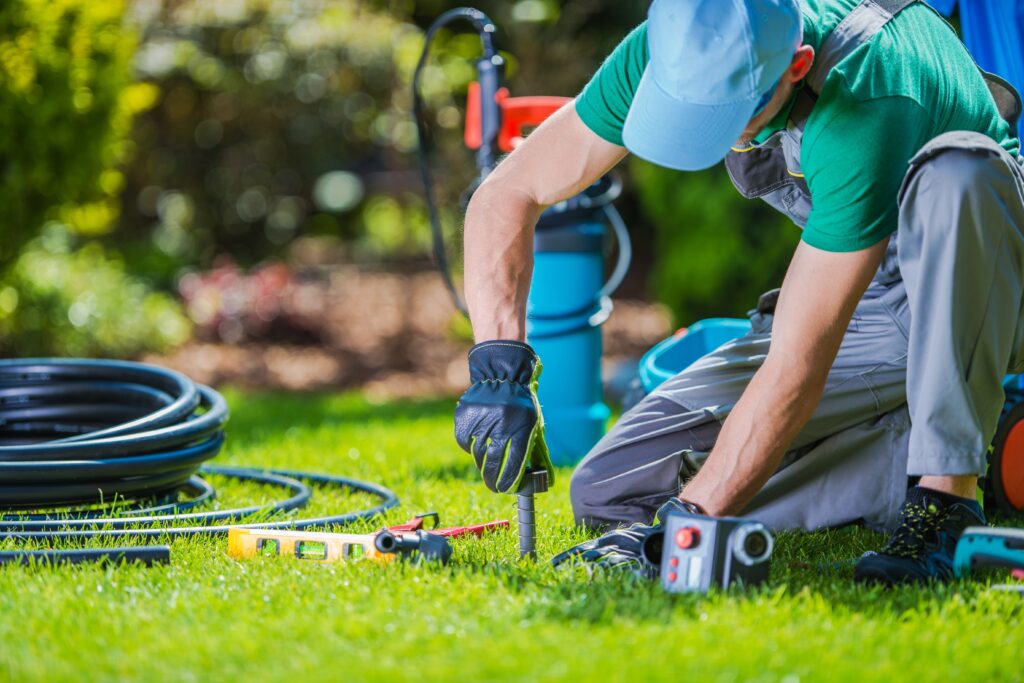
Inspect and Clean Sprinkler Heads
Sprinkler heads often become clogged with dirt, grass clippings, or debris over the winter months. These blockages can disrupt water distribution and create uneven coverage. A technician will inspect each head, clean out debris, and ensure they are properly aligned. This process helps prevent overspray onto sidewalks and driveways while ensuring your lawn receives adequate moisture.
Check Valves and Controllers
Valves play a crucial role in directing water flow to different zones. A stuck or malfunctioning valve can prevent certain areas from receiving water, leading to unhealthy patches in your landscape. During a professional irrigation system turn on, each valve is inspected for leaks and proper operation.
The irrigation controller is another essential component that may need adjustments after a long winter. A professional technician will check the settings, update seasonal watering schedules, and ensure the system is programmed for optimal efficiency. If your system includes a smart controller, the technician will verify that it is connected properly and responding to real-time weather data.
Assess Sensors and Smart Features
Many modern irrigation systems include rain and soil moisture sensors to prevent overwatering. However, these components can become miscalibrated or damaged during the winter months. A professional will test each sensor to confirm moisture levels are accurately detected and adjust the watering schedule accordingly.
If your system includes Wi-Fi-enabled smart features, a technician will check the connectivity and ensure remote access functions properly. This step allows you to conveniently manage your watering schedule from your phone or tablet.
Run a Full System Test
Once all components have been checked and adjusted, the system is turned on zone by zone to ensure proper operation. During this test, the technician will look for signs of leaks, misaligned spray patterns, and inconsistent water pressure. Any final adjustments are made to ensure maximum efficiency and coverage. By the end of this process, your irrigation system will be fully optimized for the growing season.
Why Choose Morgans Irrigation for Your Spring Tune-Up
When it comes to a professional irrigation system turn on, experience matters. Morgans Irrigation has built a reputation for excellence in irrigation installation, maintenance, and repair. Our comprehensive service includes a full system check, precision adjustments, and expert recommendations to keep your lawn and garden healthy all season.

Now is the time to get your irrigation system ready for the season. Don’t wait until problems arise—schedule your irrigation system turn on today with Morgans Irrigation. Contact us now to book your professional spring tune-up and enjoy a hassle-free, efficient irrigation system.
Irrigation System Turn On FAQs
Why is a spring irrigation system turn on necessary?
A proper spring startup ensures your system is free from winter damage, functioning efficiently, and set up for optimal watering throughout the season.
How soon should I schedule my irrigation system turn on?
It’s best to schedule service once as the ground has thawed at least 12 inches deep to prevent frozen pipes. Many homeowners book early to secure a convenient appointment.
What happens if I turn on my irrigation system without a tune-up?
Skipping a tune-up can lead to leaks, low or high water pressure, clogged sprinkler heads, and inefficient watering, which can cause plant damage and higher water bills.
How does a technician check for winter damage?
A professional inspects pipes, valves, and sprinkler heads for cracks, leaks, or other damage caused by freezing temperatures.
Can I check and adjust my irrigation system myself?
While basic checks can be done, a professional has the tools and expertise to detect hidden issues, fine-tune water pressure, and calibrate smart controllers for peak efficiency.
What are the benefits of professional irrigation system maintenance?
Regular maintenance prevents costly repairs, extends the lifespan of your system, conserves water, and ensures even, effective watering for a healthier landscape.
How do I schedule a spring irrigation system turn on with Morgans Irrigation?
Contact Morgans Irrigation through their website or call to book a professional spring tune-up and ensure your system is ready for the season.
